Why are Khandua Sarees Tradition and Pride of Odisha ?
Only Odisha has the tradition of 'Ikat' across almost the entire state, mainly centre in the Western parts, Cuttack district in the eastern region and the Kalahandi Sundergarh districts in the southern parts of the state.
Handlooms in Odisha: The distinctive feature of the Odisha handloom industry is the ikat design, which finds ancient linkages in the cross-cultural influences with the maritime activities of South East Asia. The tradition of producing hand-woven textiles is one of the significant activities next to agriculture in the coastal region. Odisha is the land of handloom and handicrafts.
It has a special recognition in the country's textiles scenario for its exclusive Handlooms. It is an essential craft product and comprises the largest cottage industry in the state. Thousands of looms across the state are engaged in weaving cotton, silk and other natural fibres. There is a scarce village where weavers do not exist, each weaving out the traditional beauty of Odisha's precious heritage.
Handloom industry, in Odisha, is a cottage-based industry in which all the members of the family are a part of the production taking place on the looms. Handlooms are a crucial element of Odisha's economy.
In this dynamic era, fast fashion trends increase demand for handloom as it has immense design potentiality and diversities.
History of Khandua :
According to "Madala Panji" of Lord Jagannath, the tie and dye technique in this area, as per history, belongs to Ramchandra King of Puri in 1719 A.D. and Jaydev, the great poet.
During the 12 century, Jaydev desired to offer this Gitagovind to Lord Jagannath. He finds the silk fabric as a medium. He decided to write the lyrics of Gita Govind using the tie and dye technique at this village Kenduli Birthplace of Jaydev) and advocated them to Lord Jagannath, Balabhadra and Devi Subhadra.
The art of weaving in this area is more than 800 years old and is linked with the temple of Lord Jagannath at Puri. Few weavers of Nuapatna specifically weave cloth for the Lord at the temple. This has been the practice for generations. Even as of date, Madan Naha and Sudam Guin have two joint families, who specifically weave Silk fabric for the Lord of Puri and consumption at various other religious purposes at other temples.
Over time the king issued an order to supply these fabrics to the weavers of Nuapatna and nearby areas. Since then, the silk fabric is provided to the Puri temple as Khandua with different designs.
Khundua saree is made with bold motifs of elephants, lions, deer's and lotus in bright acid colour in tie and dye. It is ancient age, and these are used by Jaganath temple, Puri for the deities of Jagannath, Bala Bhadra and Subhadra. Some exceptional weavers manufactured calligraphy on the fabrics with Gita Govinda and Das Avtar.
During these fabrics, they strictly observe some principles like fasting and not taking non-vegetable food, as it is related to spiritual activities.
The Rath yatra of Puri is a world-famous religious practice, during which the idols of Lord Jagannath, Barbara and Subadra are taken out on a procession on three different raths from the main temple to the Gundicha temple. The Raths on which the spectacle is performed are building afresh from specific wood every year. The Raths are covered and decorated with colourful plain silk cloth, mainly woven from the Nuapatna and nearby area.
We hope the next time you shop a Khadua Silk Saree, you understand the love and passion that has been carried out over generations. It is truely one of the most distict Odia Saris of India.
Top 4 Editor Picks :


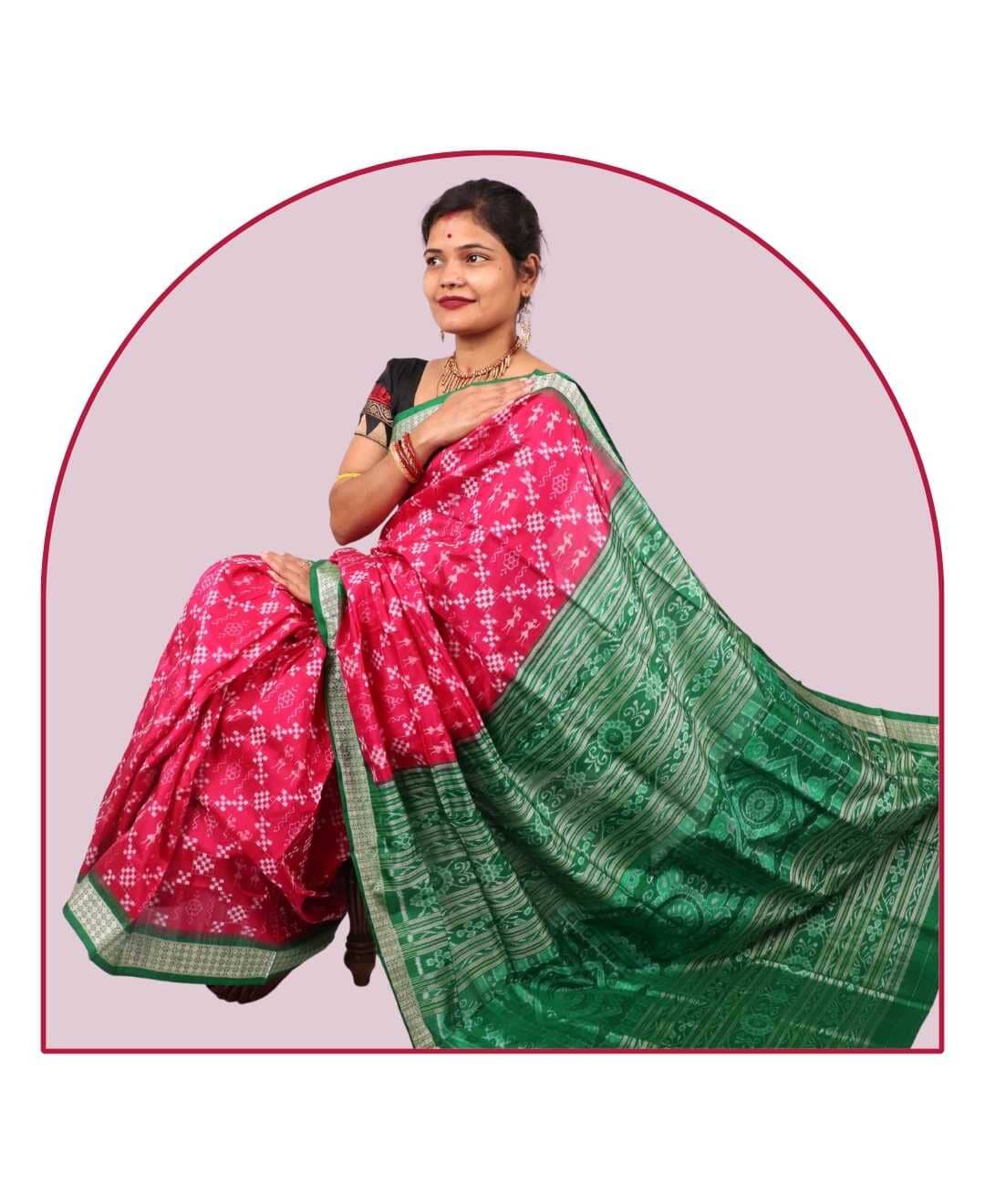
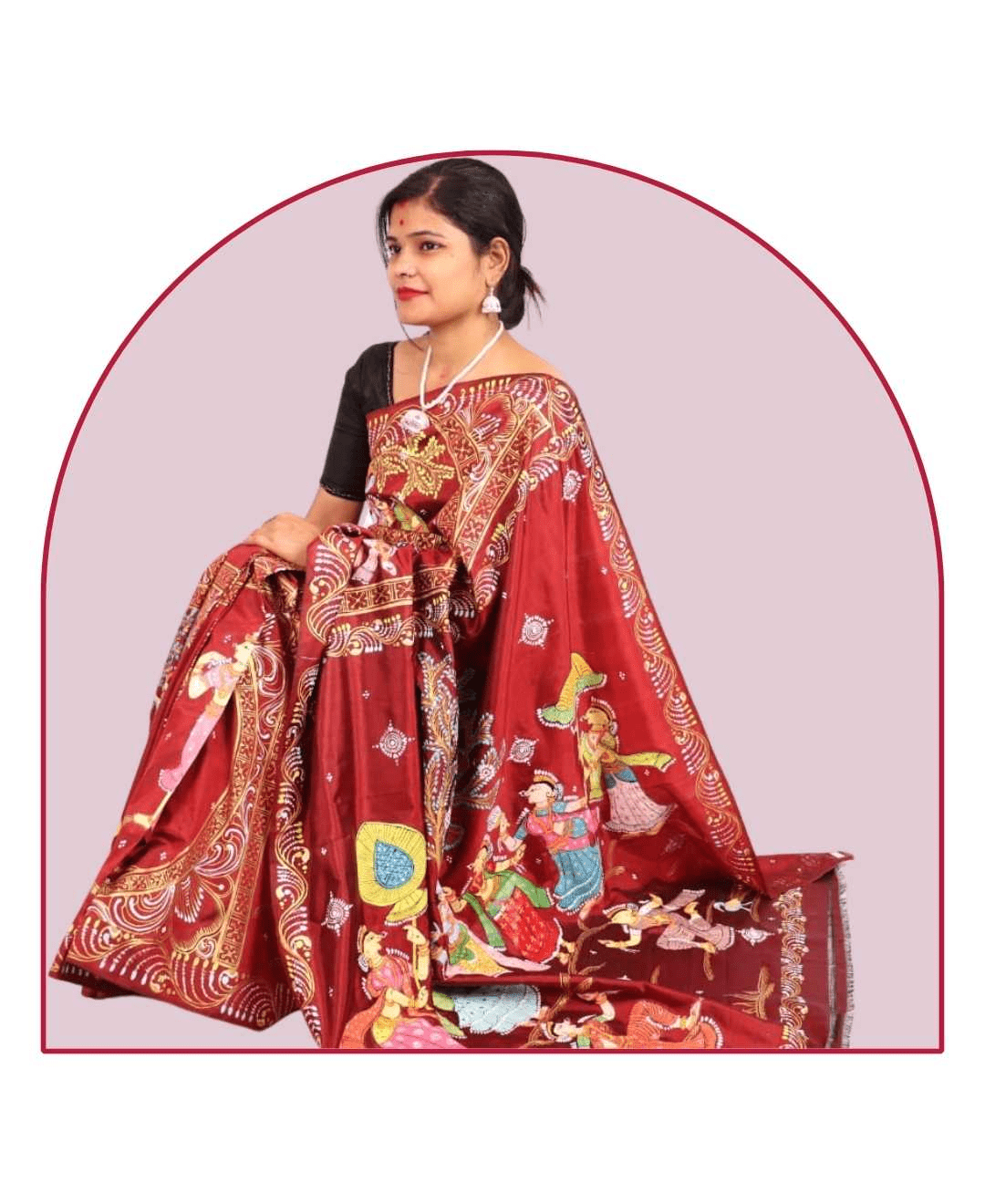
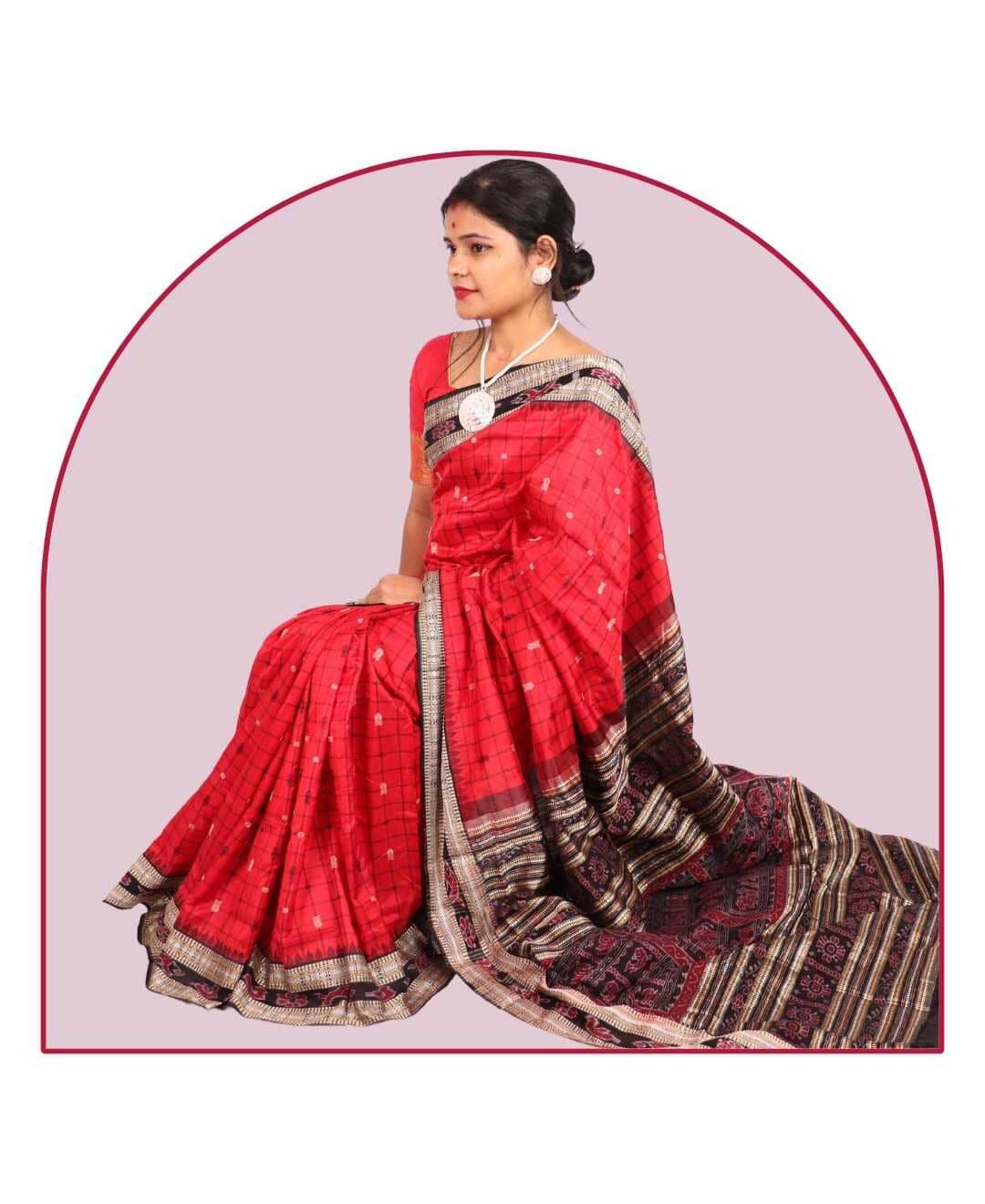
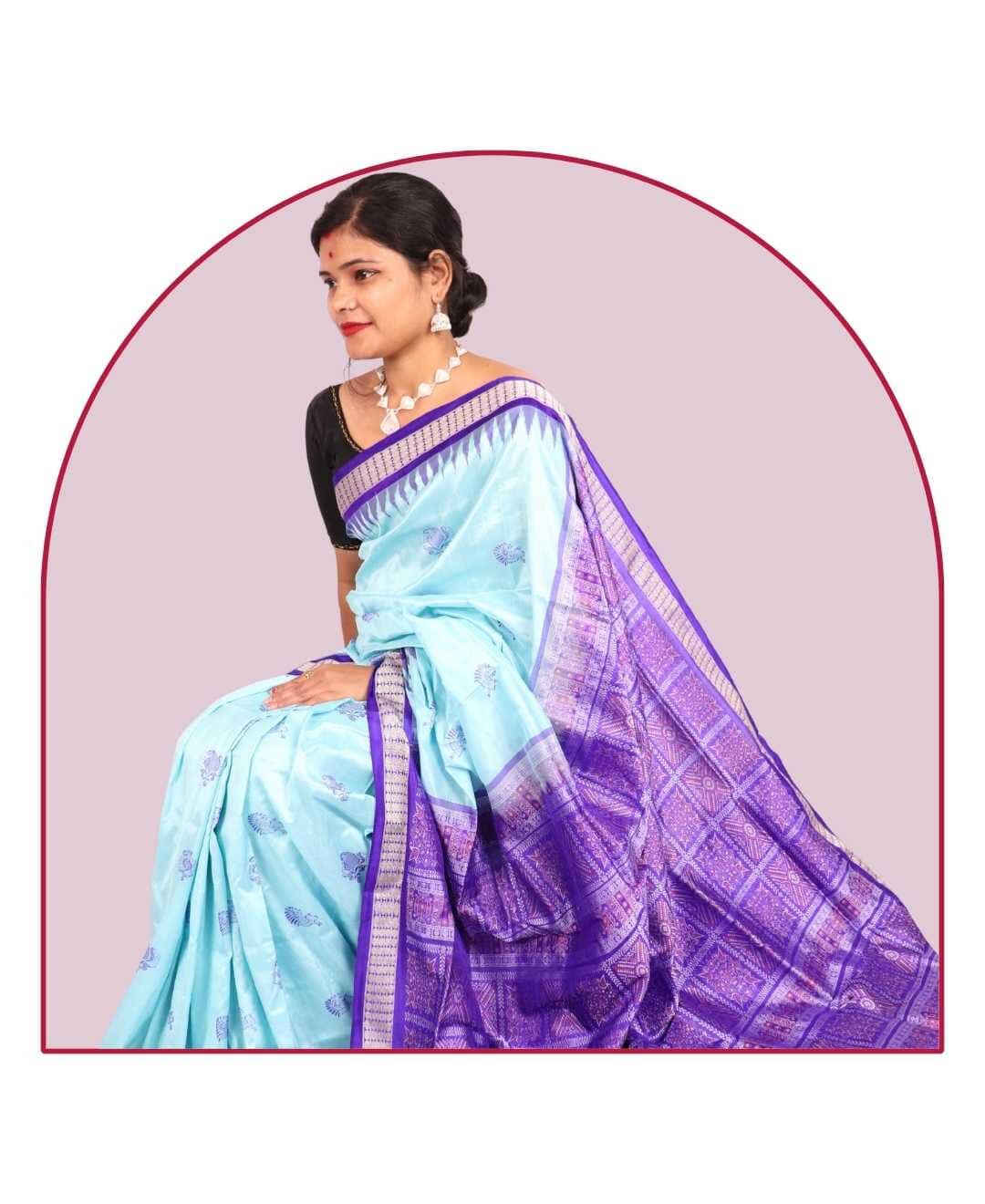
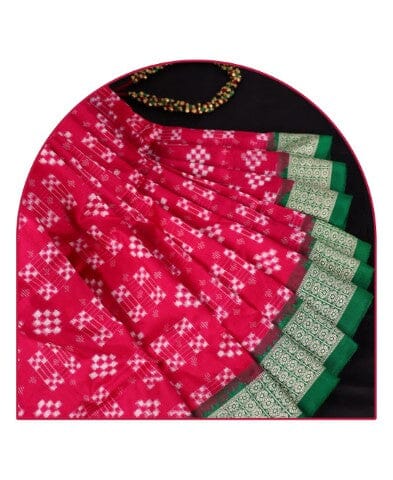
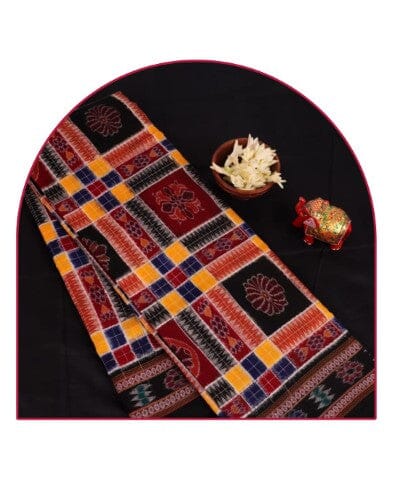
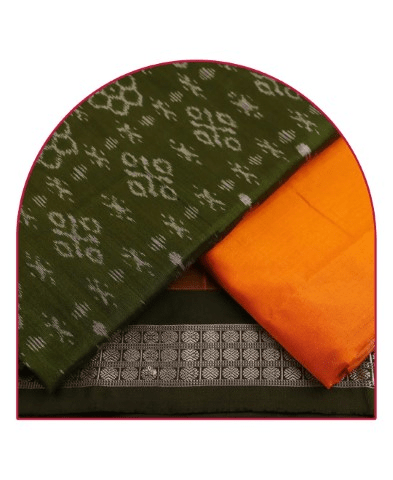
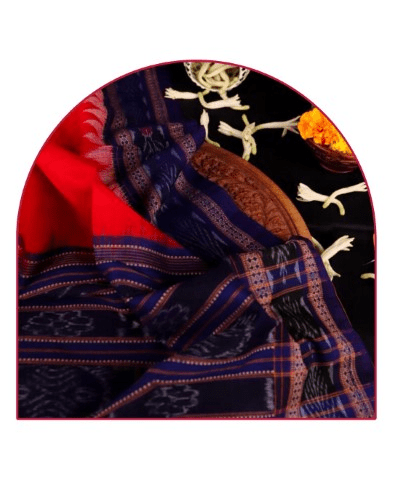
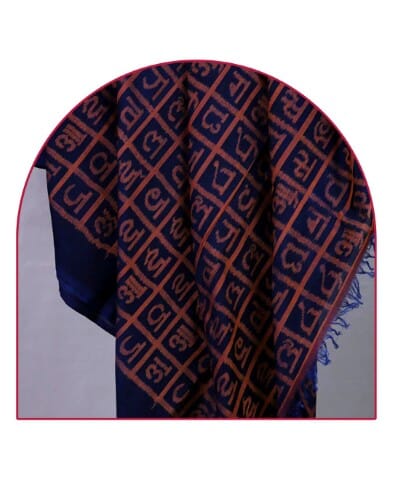
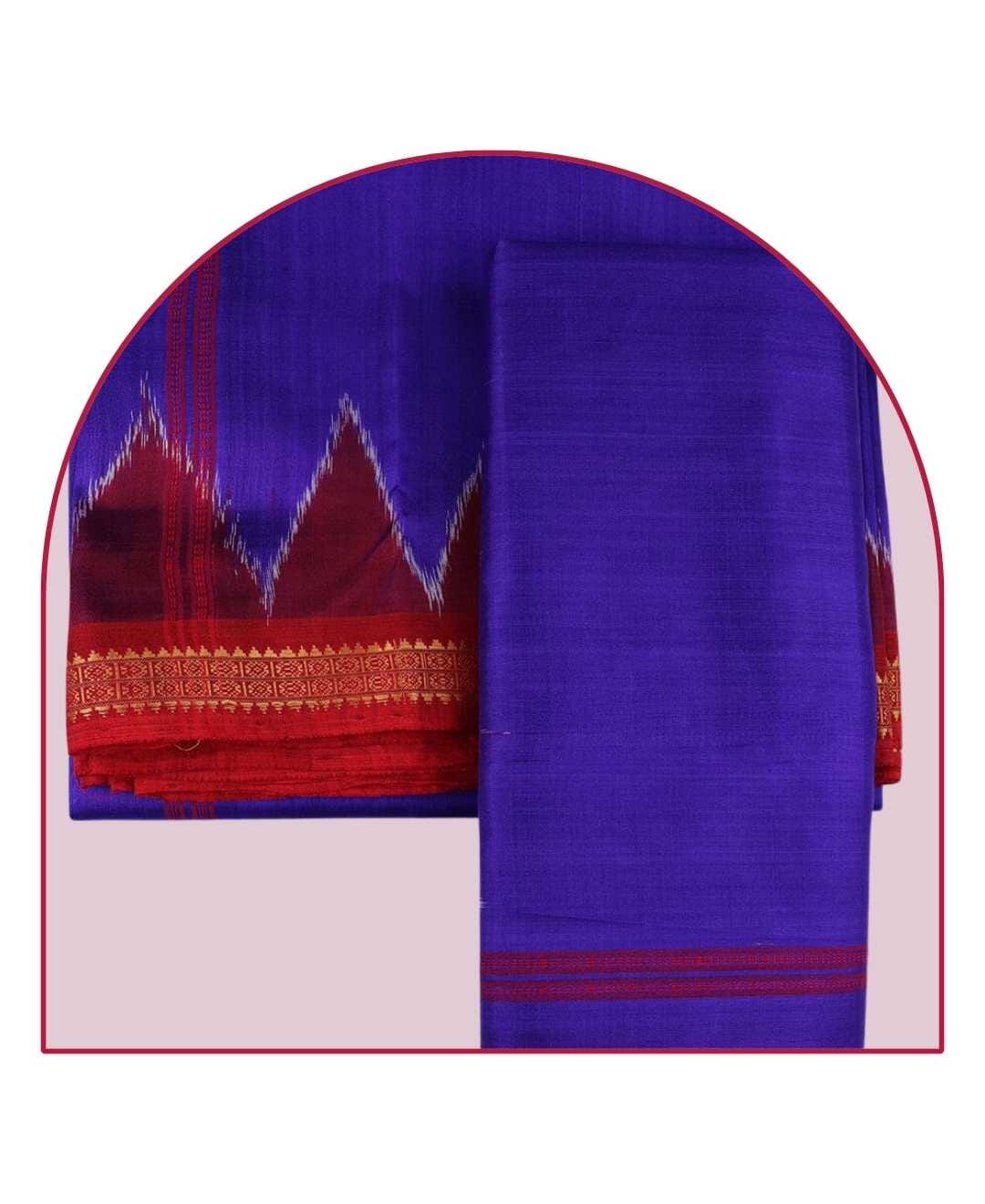
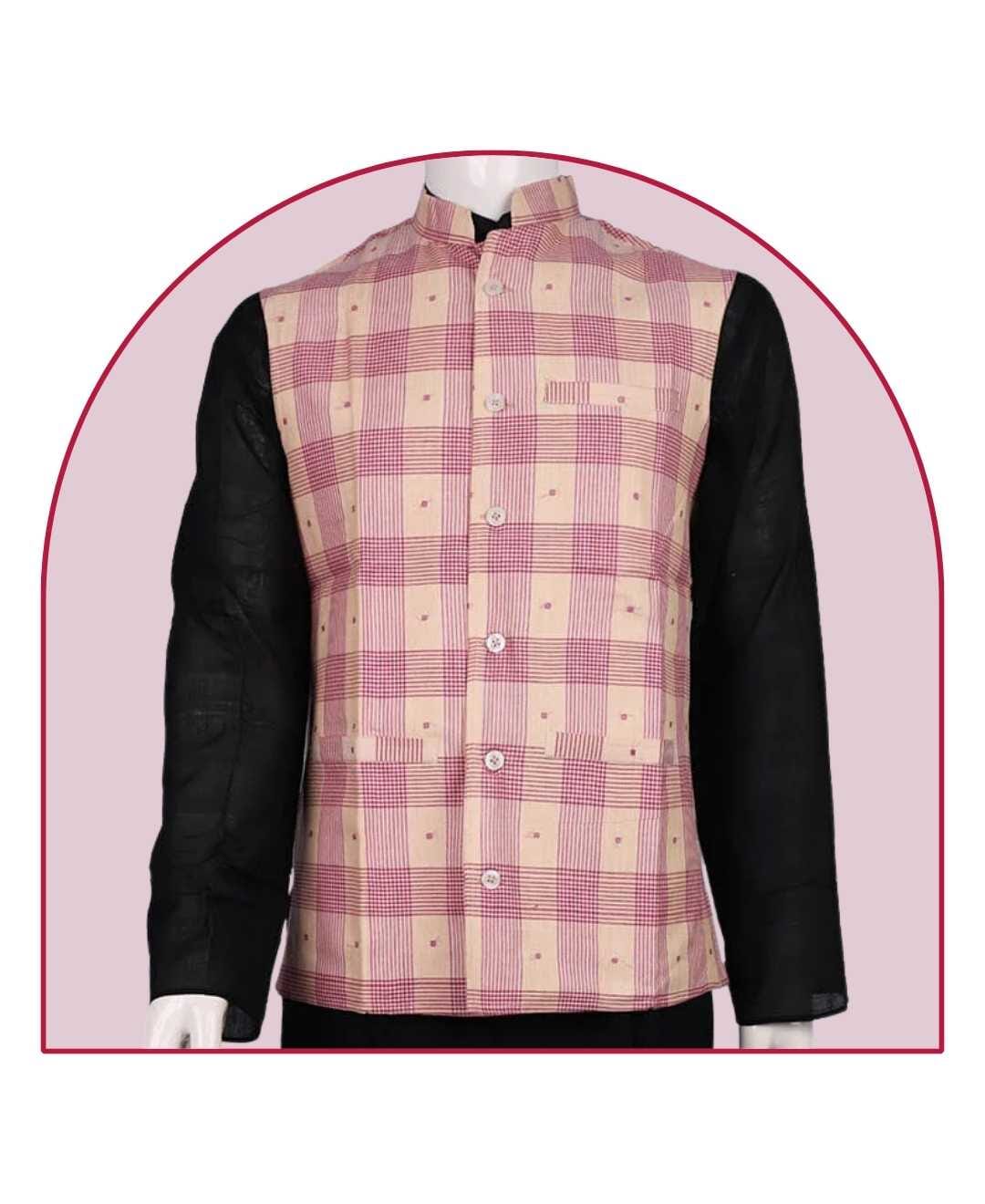
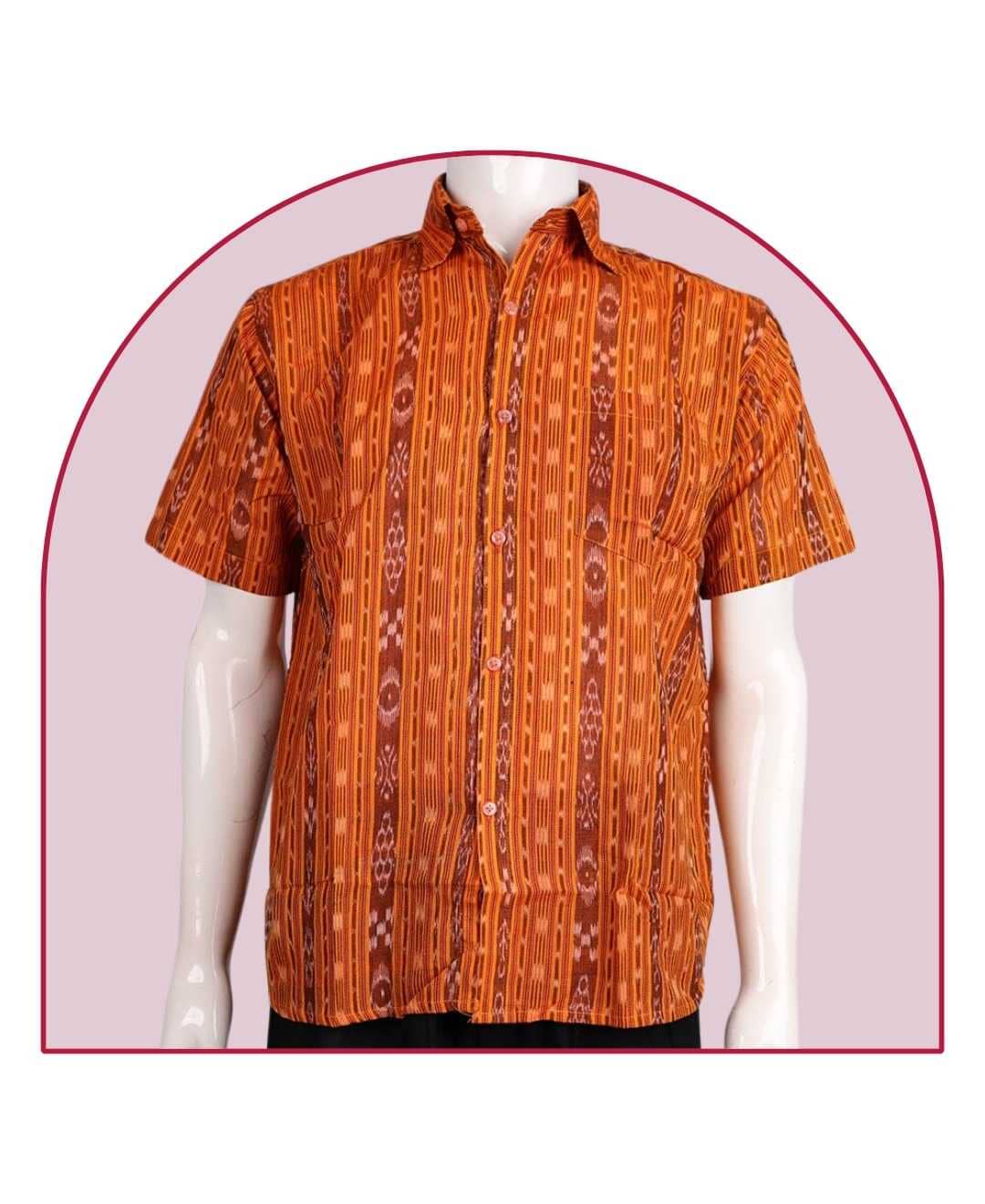
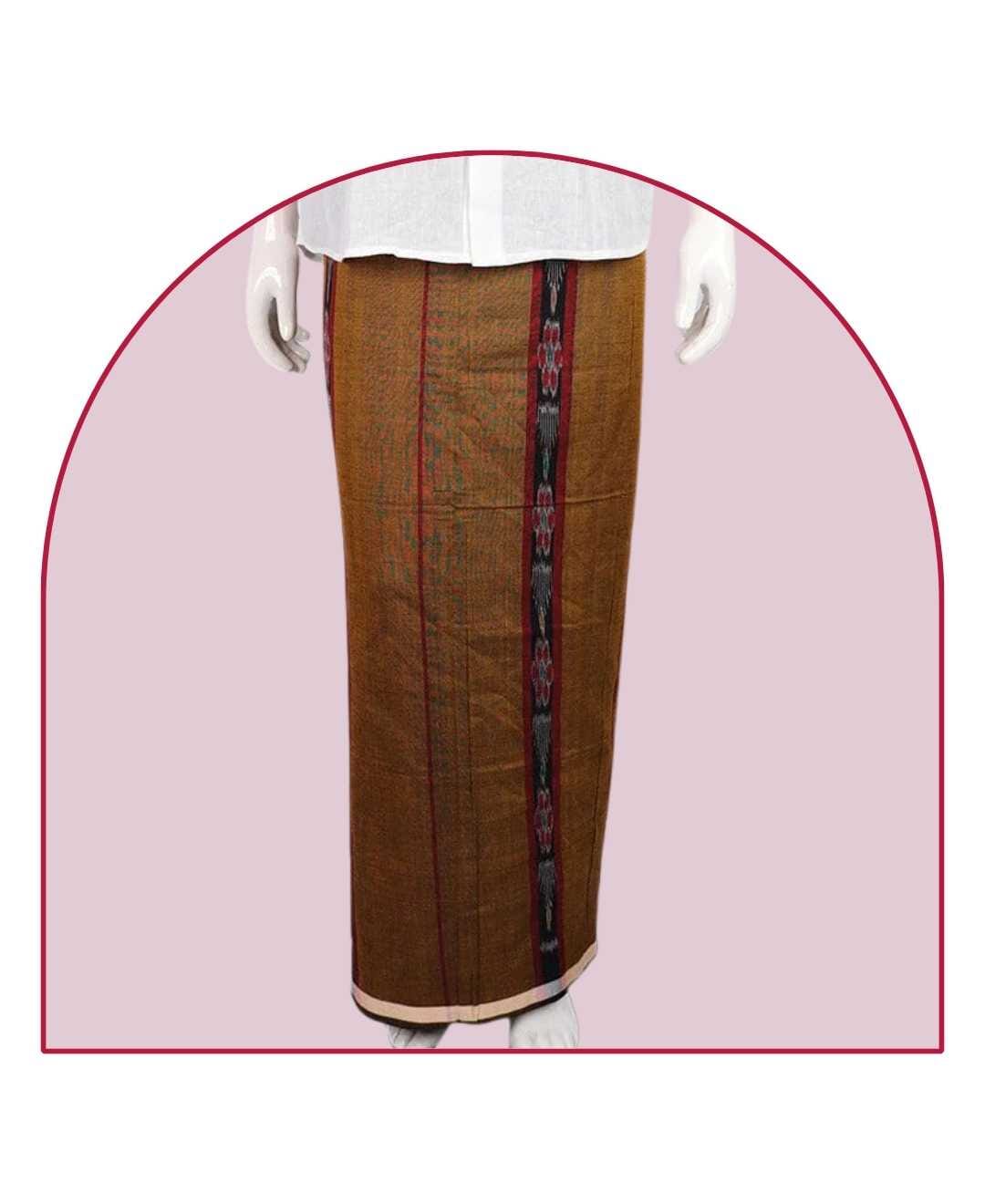






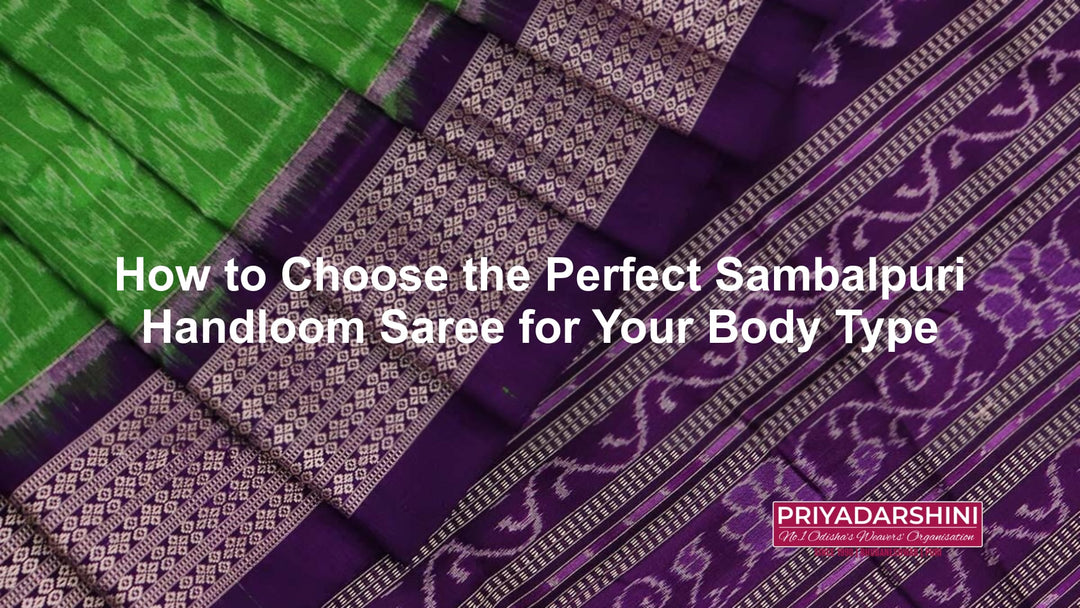
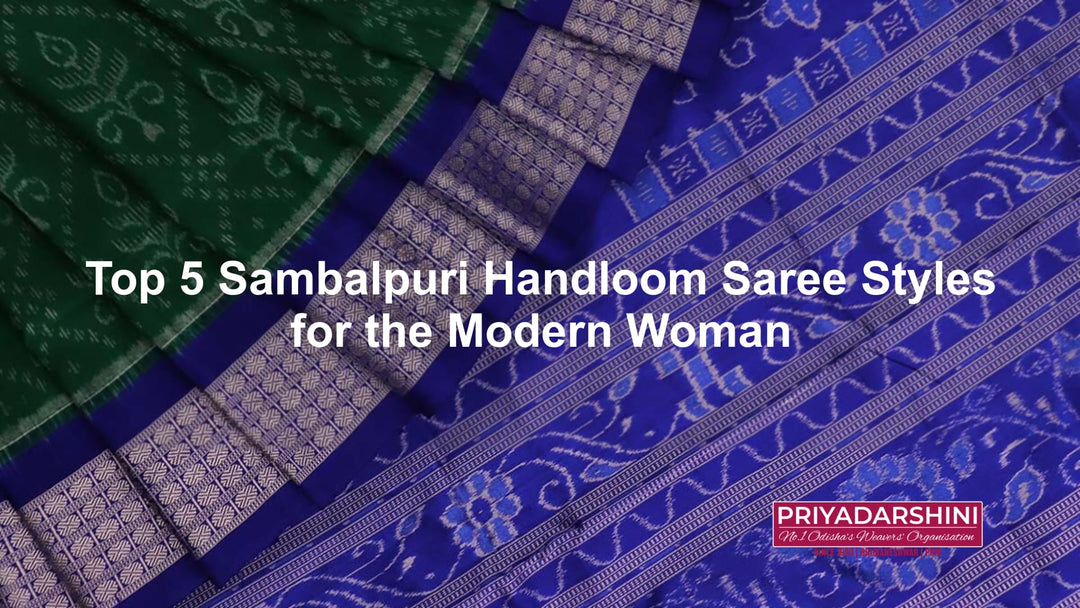
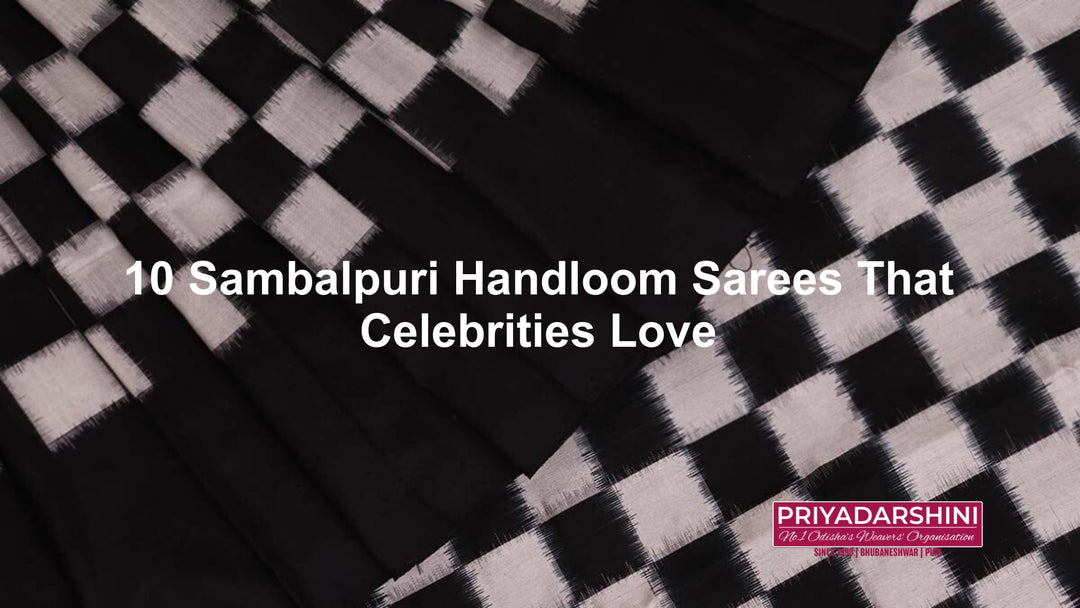
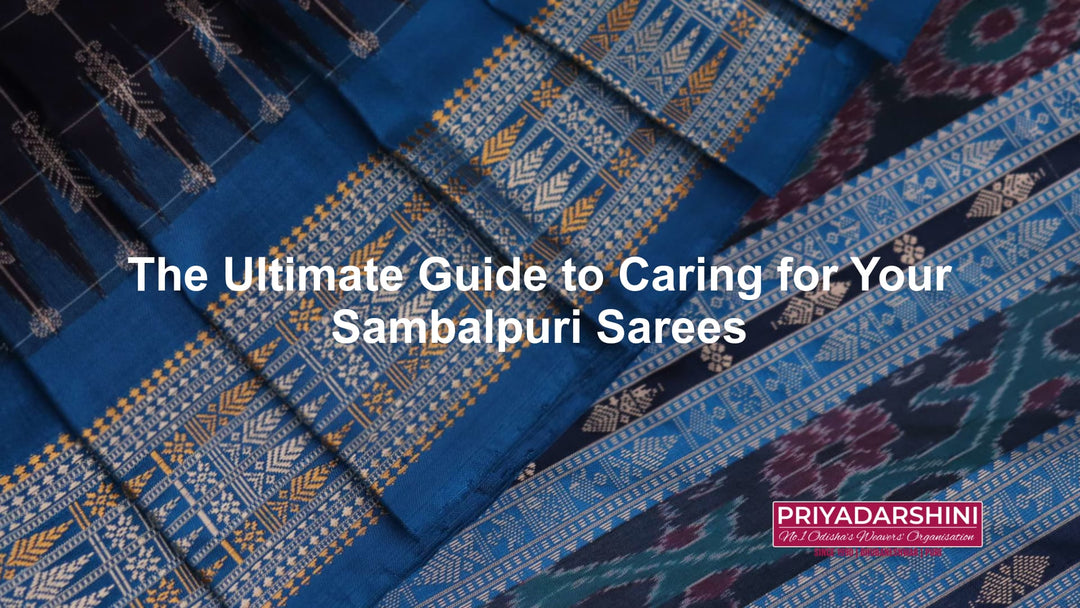
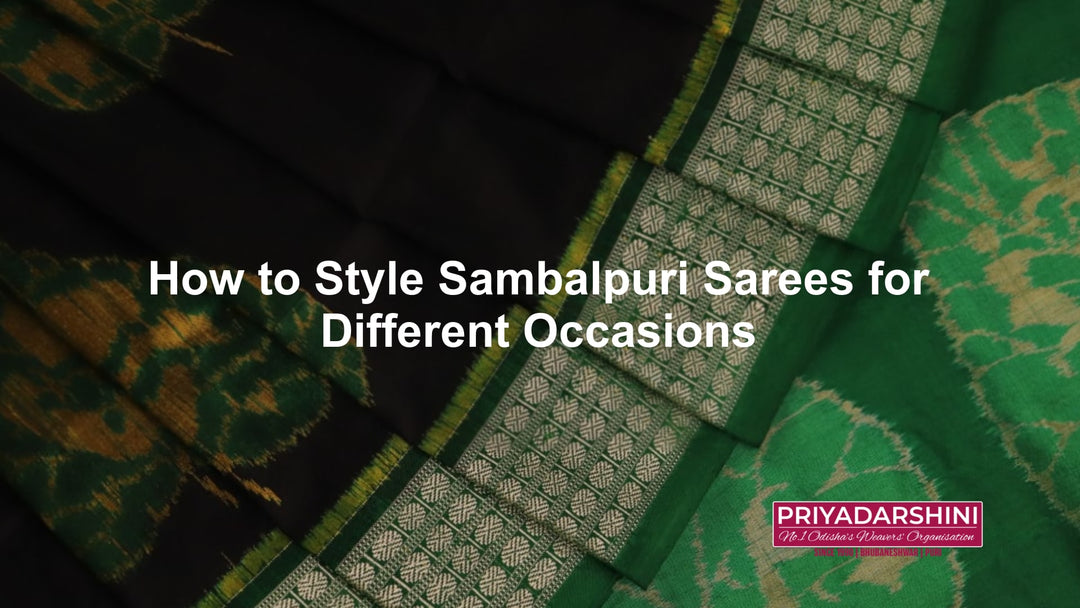
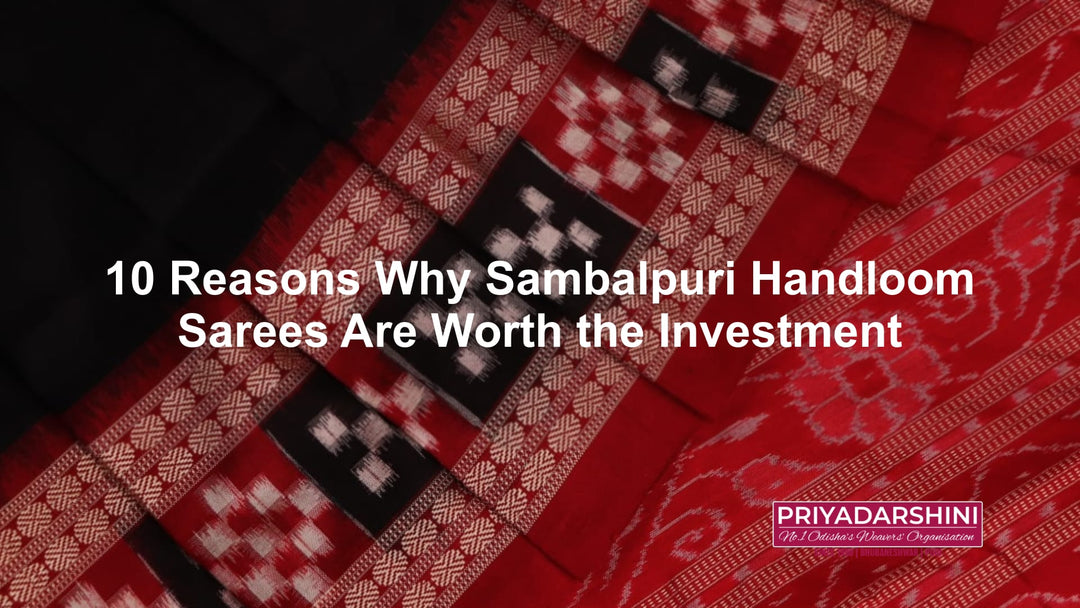
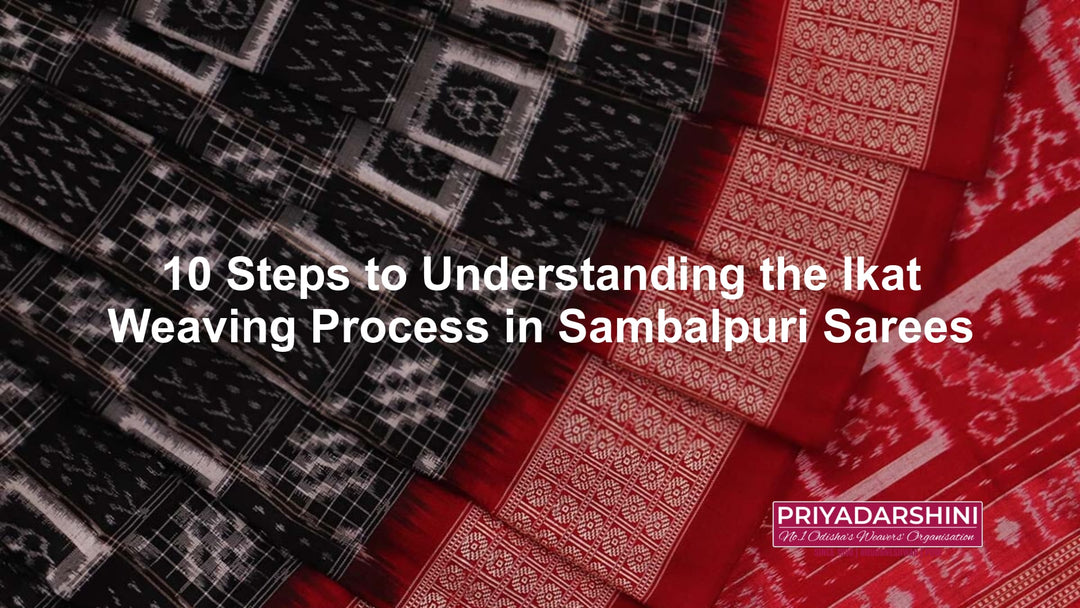
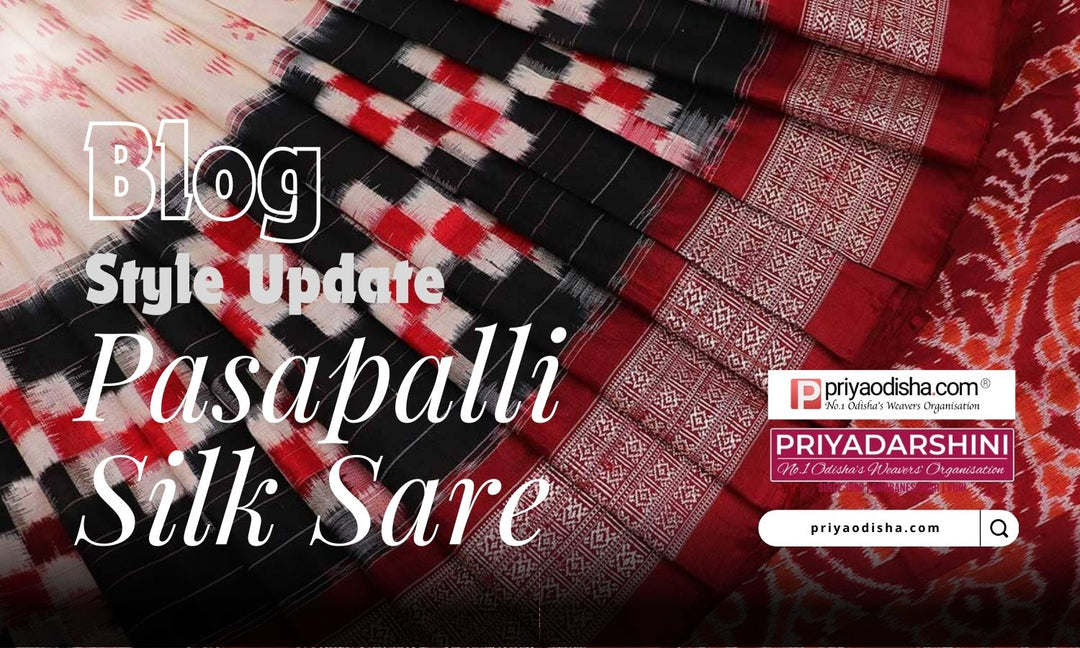
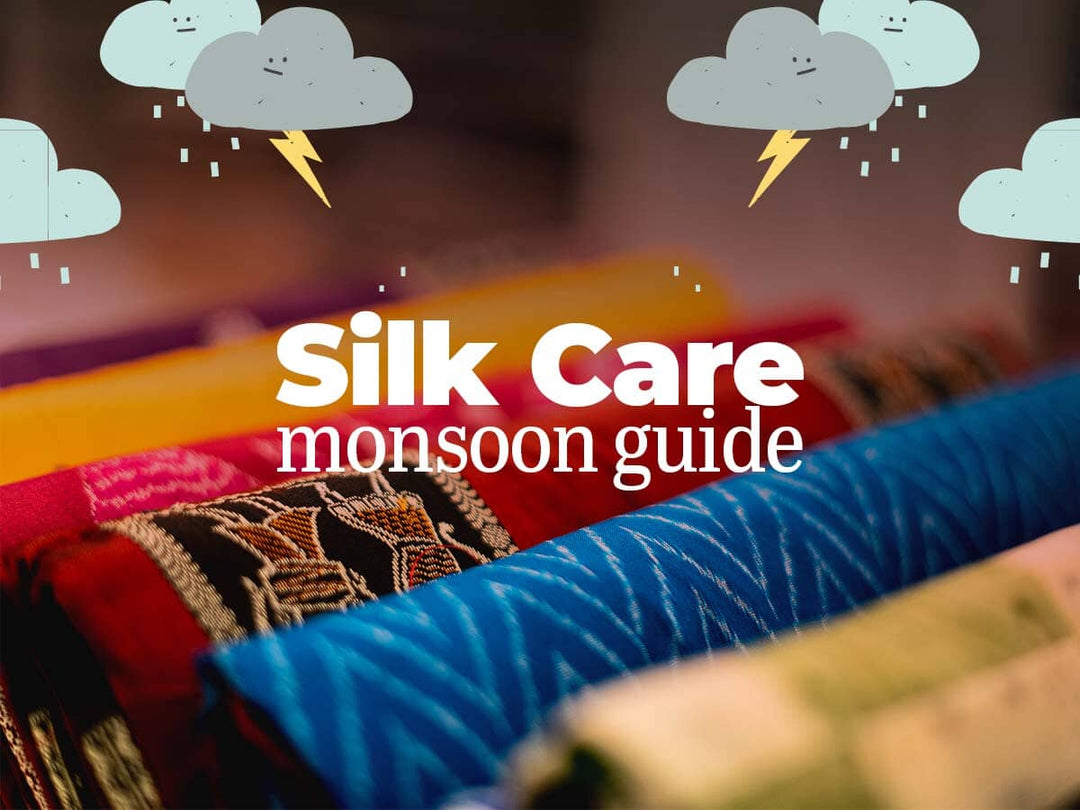
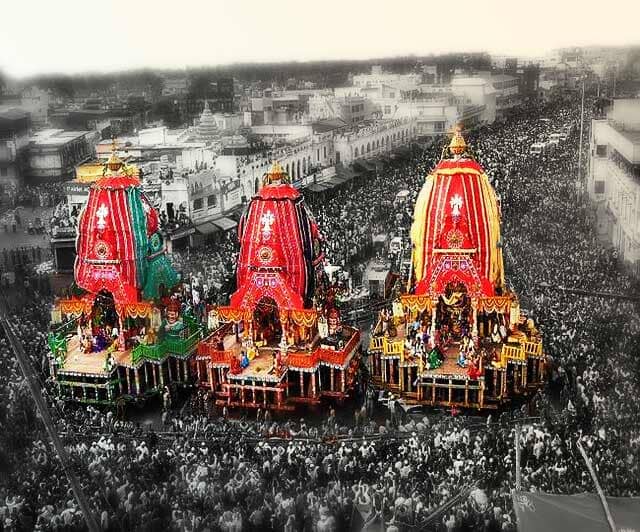
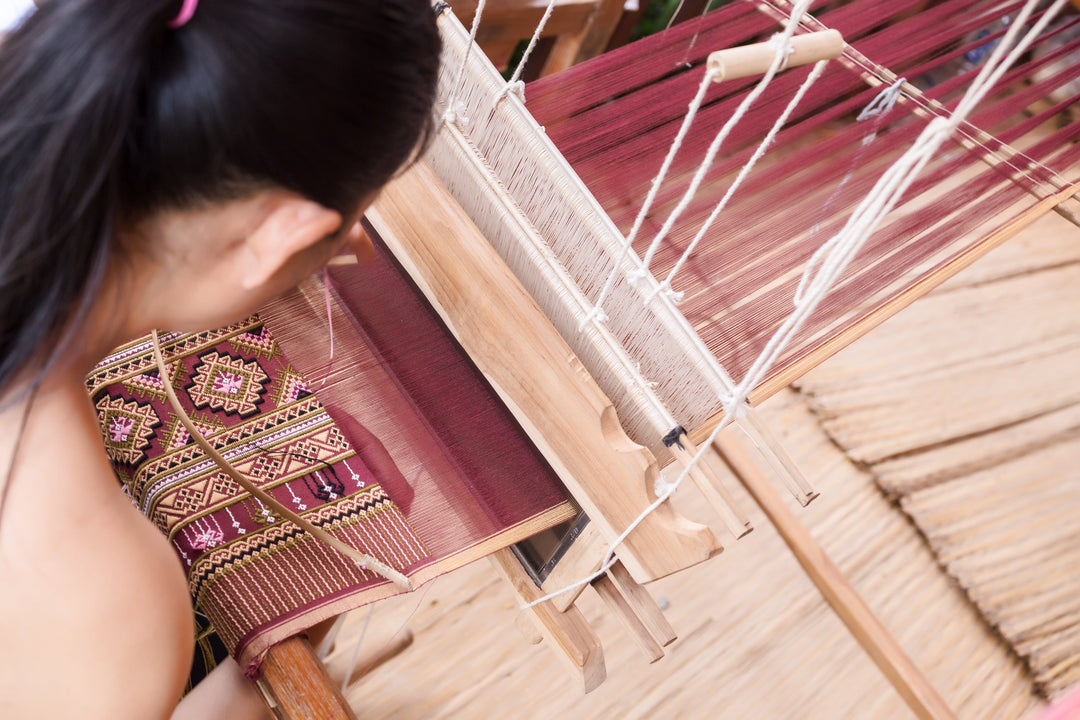
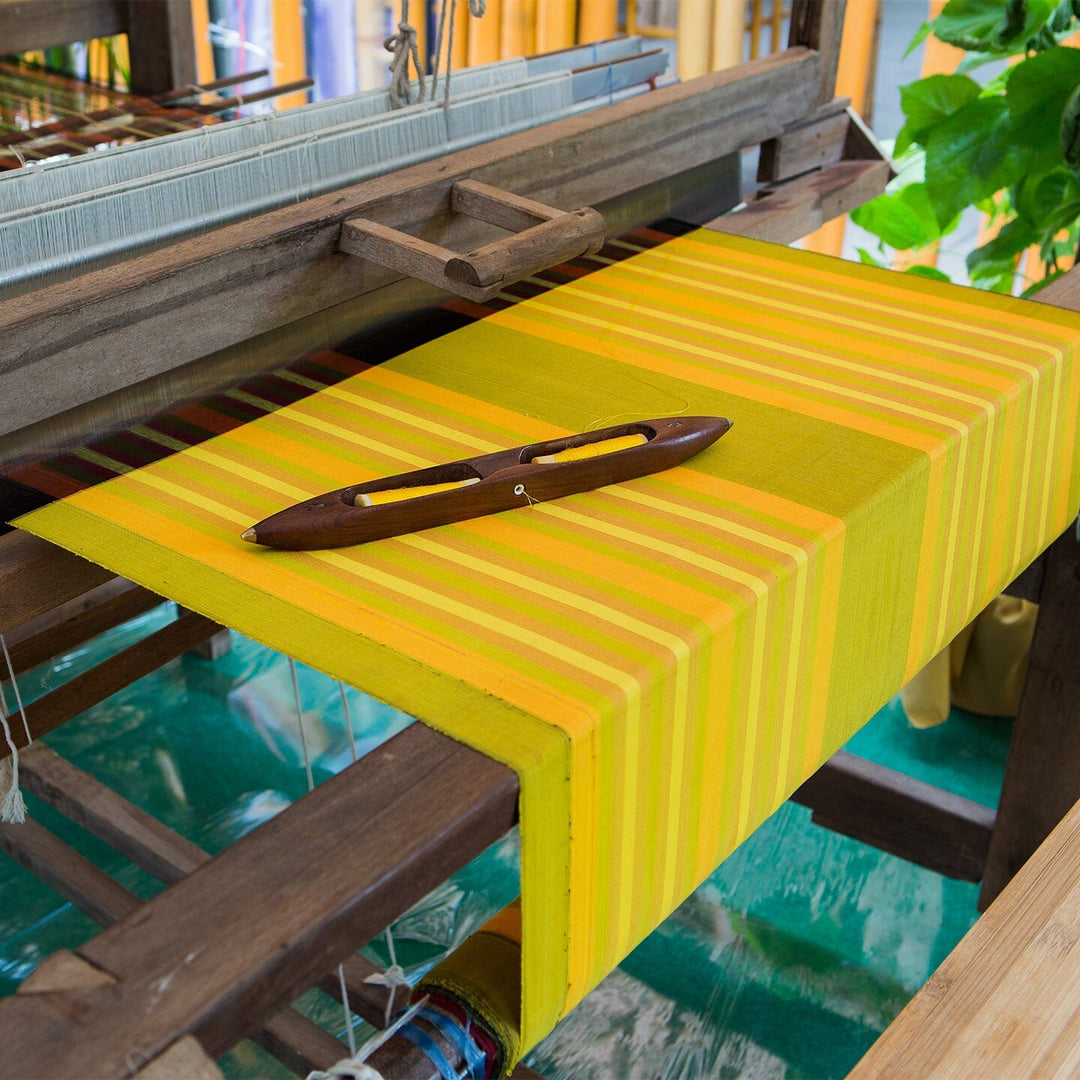
Leave a comment